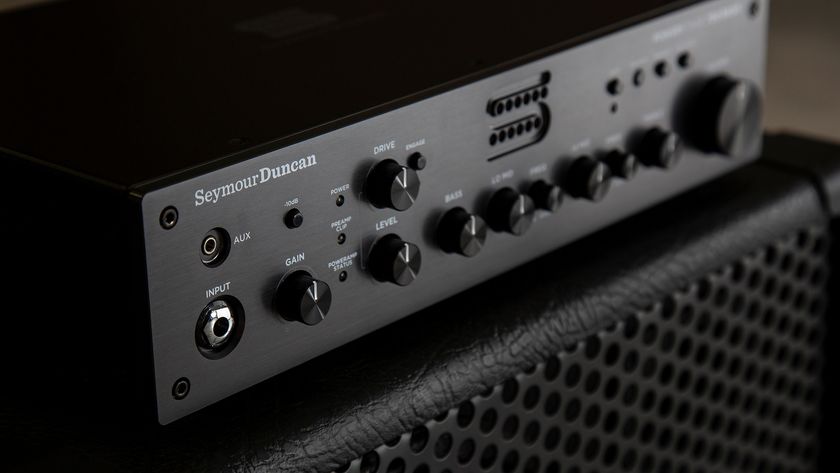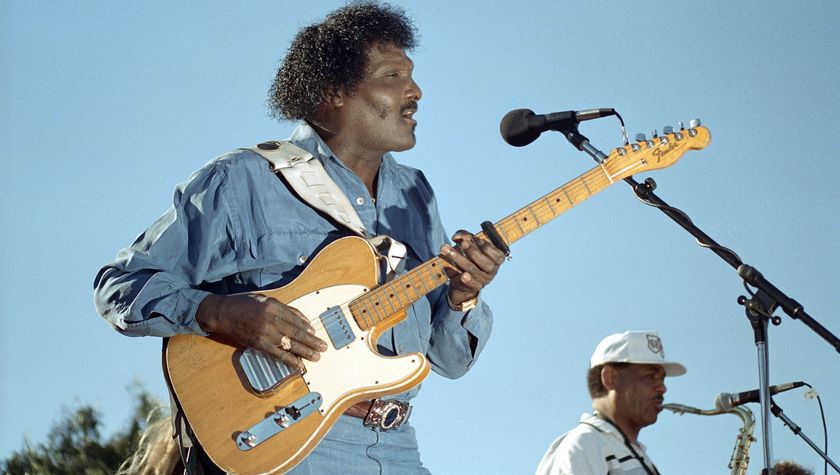St. Vincent: “I wanted to make something more grounded – more, like, from the guts”
Adding yet another gem to one of rock’s most unpredictable catalogues, St. Vincent marks a promising new era with a celebration of ‘70s fuzz, friskiness and ferocity
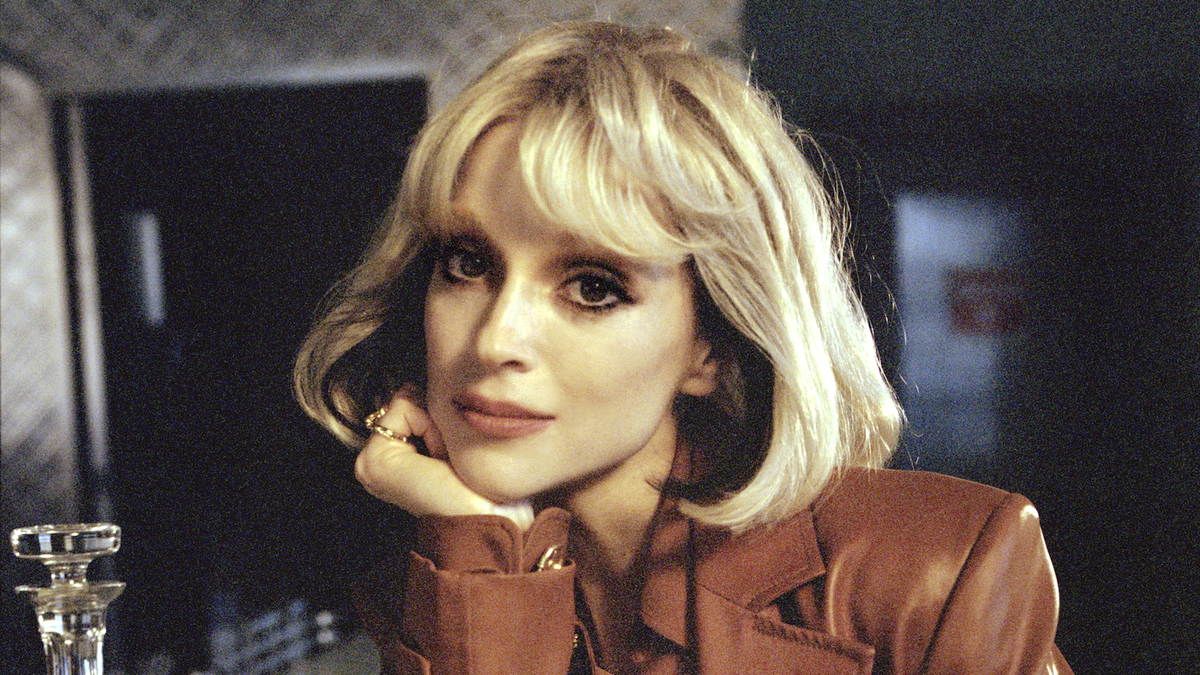
Few artists have a reputation for innovation quite like Annie Clark – better known to the masses as St. Vincent – who, since dropping the chamber-pop classic Marry Me in 2007, has continued to reinvent herself with each new release. And not just sonically, either – Clark is a musical method actress, embodying the idiosyncratic spirit of the concept, style and ethos of her current project. On her sixth solo album, Daddy’s Home, she’s a sly, sultry queen of the New York club scene circa 1973, sinking deep down a rabbithole of warm analogue fuzz, velvety grooves and brittle percussion.
An ‘80s kid herself, Clark looks to the musical palate of rock’s early-‘70s heyday with a detached, yet unequivocally devoted sense of nostalgia. Add to it the lyrical inspiration of her father coming home from a stint in federal prison, and even if it sucked, we’d still have one of 2021’s most interesting albums. But of course, this is St. Vincent we’re talking about – Daddy’s Home is an instant hit on all fronts.
Clark typically goes all in on her albums’ campaigns, preferring to meet with her interviewers in-person no matter where in the world they are. Obviously due to the whole ‘global health crisis’ thing, we had to phone in with Clark over Zoom – but somehow, our chat felt more down-to-earth and intimate than it likely would if we were shoved in a cold office boardroom with PR and managers hovering over our shoulders. Together, we riffed on the instantly memorable sound of Daddy’s Home, the authenticity of its recording process, and one thing fans of her Ernie Ball signature model should keep their eyes peeled for in the coming months…
After how wild the past year has been, what’s the vibe like in your world right now?
I mean, it’s actually surprisingly mellow, compared to other times when I’ve been putting out records. In times past, we would be having this conversation in person – y’know, I would be in Australia for 48 hours to chit chat. So it definitely mellower doing things from home. Which is great, because I never had to kind of get out of the flow of writing. I didn’t have to stop the creativity once I finished this record.
So are you already working on the next one?
Yeah, of course! What else am I going to do?
Musically this record is very hazy, funky, proggy – it plays out like a love letter to that little bubble of rock history in the ‘60s and ‘70s. How did you want to encapsulate that on the record?
I think what I find so appealing about that era is that music was so loose and free, but also really sophisticated. But they never shoved the sophistication in your face – it was just effortlessly cool and so musical.
The palate of tonal colours and flavours on this record is mind-blowing. There’s bits of disco, funk, psychedelica, jazz, blues, rock ’n’ roll… Was the intention to really cram in as much of that nostalgic influence as possible?
I don’t know if the intention was to cram it in, as such, but yeah, I picked a sonic palate – Wurlitzer and background singers, sitars and acoustic guitars, electric guitars, and then clean, tight-sounding drums – and then really played into that, like, “Okay, 17 percent psychedelic, 15 percent Talking Book…”
Get The Pick Newsletter
All the latest guitar news, interviews, lessons, reviews, deals and more, direct to your inbox!
So what’s your philosophy in making that all come together without feeling it messy?
I definitely spent a lot of time sequencing this record. And I mean, I can tell you that I spent, like, two weeks making sure that there were the right amount of seconds and milliseconds in-between each song. So there’s that, and then there’s the process of going, “Okay, this is the story,” y’know?
I have to quote Rolling Stone – I read a piece where they noted that in comparison to a lot of your other material, Daddy’s Home “feels more human and lived-in”. Especially given the subject matter that inspired it, did you want this record to embody a sense of homeliness, or feel very down-to-earth?
Yeah, I think I wanted to make something more grounded – more, like, from the guts. [Clark looks up the definition of ‘homeliness’]… I promise I’m not being a dick – this is interesting! You used the term ‘homeliness’, and in North America, homely means, “A person who’s unattractive in appearance”. But in Britain – which is where your definition would’ve come from – it means, “Simple but cozy but comfortable, as in one’s home”. When you said ‘homeliness’, I was like, “Oh, okay. I’ve only heard that in a derogatory way.”
Did you and Jack record this album with analogue equipment?
Oh, yeah! Definitely through good boards and preamps, vintage microphones and all that.
Is that typically how you tend to work?
Well, we’ve recorded through analogue gear into Pro Tools – so there was definitely a digital conversion at some point. But yeah, over the years I’ve built up a good setup of analogue gear in my studio, so it was very fun to make this record here. We did some at Electric Lady, too, which obviously has a lot of great things. We also did some at Conway, and then Jack did some at his studio, so there was a lot of great gear being passed around.
What was it like jamming out at Electric Lady?
Oh man, it’s really fun! It’s kind of one of the last great studios from that time [in the late ‘60s and ‘70s] – definitely in New York, at least. These days a lot of them are either Cheesecake Factories or condos for oligarchs. But [Electric Lady] just has such a good vibe – they take such good care of you, they have a lot of great gear, and it’s a place I feel very comfortable in. Whenever I’m in New York, I like to rent it out just to be there.
Does it foster a sense of creativity that you don’t get anywhere else?
Yeah, it does. Part of the creativity comes from biking or walking from my house to the studio, and just kind of getting to see real life happen around me.
What guitars were you rocking in the studio?
I think besides an acoustic that I borrowed from my friend, my Ernie Ball signature was the only guitar I played on the record. There was also… I want to say it was a ’72 Coronado, which we played quite a bit for the bass. I love that guitar so much. And then there’s a couple moments of acoustic that were done on these old, modded Kays that have piezo pickups in them. And I played a little bit of lap steel on this little new Supro guy that I have.
Are you much of a pedal-head these days?
I was a little bit less so for this record, because a lot of the tones on it are pretty direct-into-the-board kind of tones – just very clean. But I usually am. I got my Moogerfooger delay out again, and this Fulltone Distortion Pro which is quite nice.
A little bit later in the year, you’ll be launching the Goldie version of your Ernie Ball sig. What can you tell us about how
this one came about?
It’s kind of an homage to a lot of the guitars I was playing early on in my career, which were these Harmony and Silvertone pawnshop guitars, or Seers- and road-bought guitars that had those gold foil pickups on them. And so the Goldie is more a guitar like that – kind of chimier, less output-heavy… They have a really pretty, kind of crystalline pickup sound. I’d say the original model definitely has more of a burly, thick, ‘rock’ sound, and this is a little more chime-y. But they’re very different guitars – it’s an ‘and’ instead of an ‘or’.

Ellie Robinson is an Australian writer, editor and dog enthusiast with a keen ear for pop-rock and a keen tongue for actual Pop Rocks. Her bylines include music rag staples like NME, BLUNT, Mixdown and, of course, Australian Guitar (where she also serves as Editor-at-Large), but also less expected fare like TV Soap and Snowboarding Australia. Her go-to guitar is a Fender Player Tele, which, controversially, she only picked up after she'd joined the team at Australian Guitar. Before then, Ellie was a keyboardist – thankfully, the AG crew helped her see the light…
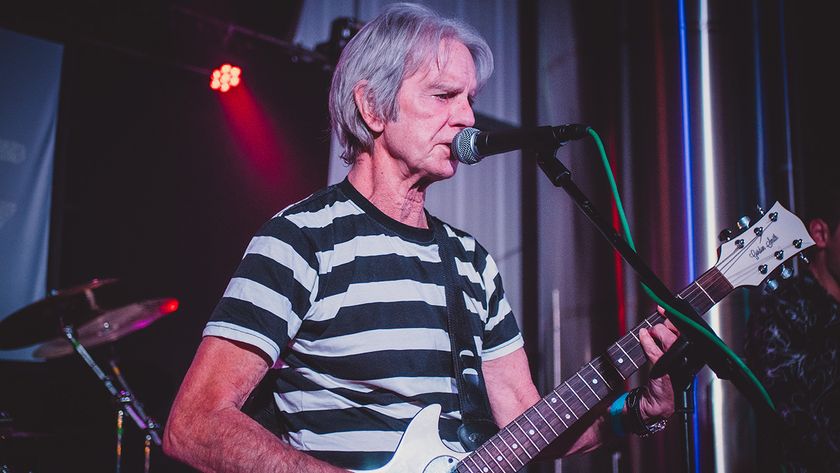
“I get asked, ‘What’s it like being a one-hit wonder?’ I say, ‘It’s better than being a no-hit wonder!’” The Vapors’ hit Turning Japanese was born at 4AM, but came to life when two guitarists were stuck into the same booth
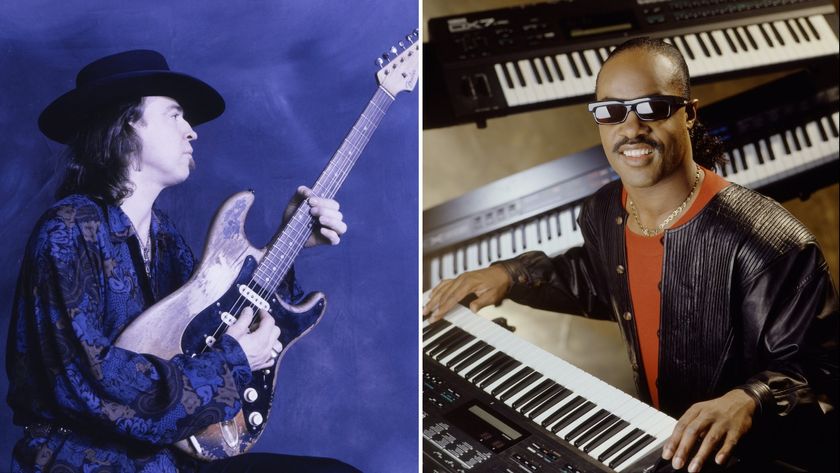
“Let's play... you start it off now, Stevie”: That time Stevie Wonder jammed with Stevie Ray Vaughan... and played SRV's number one Strat
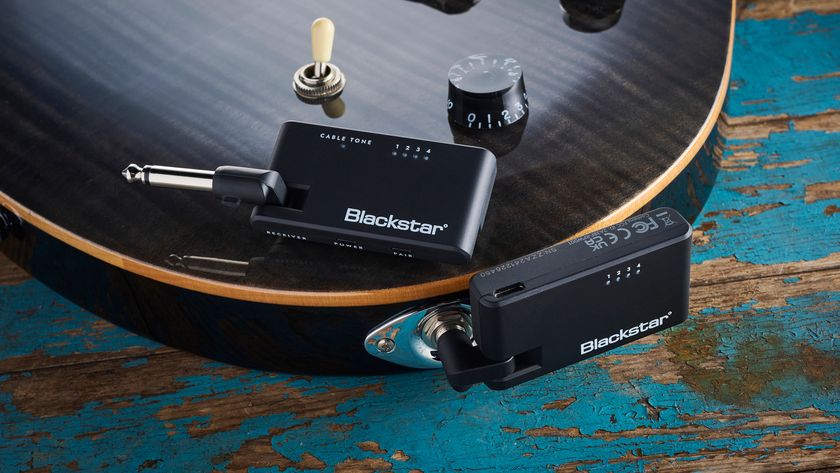
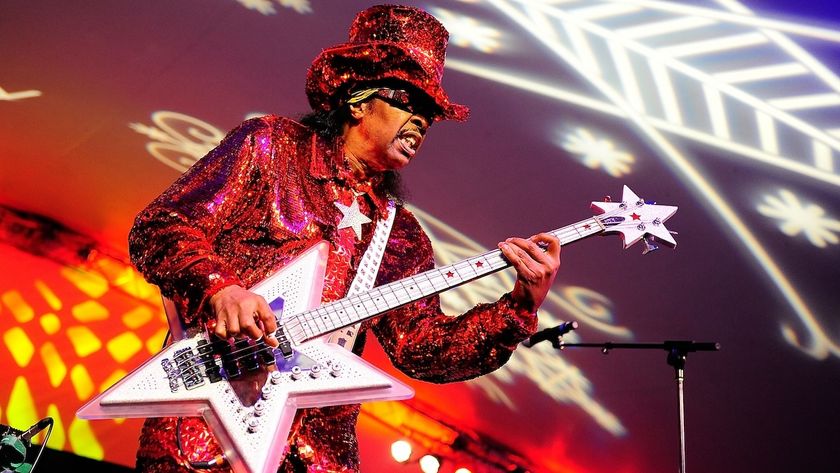
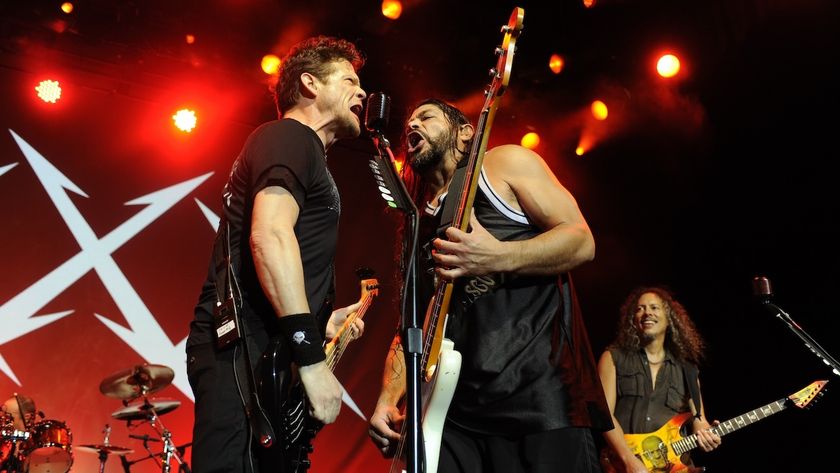
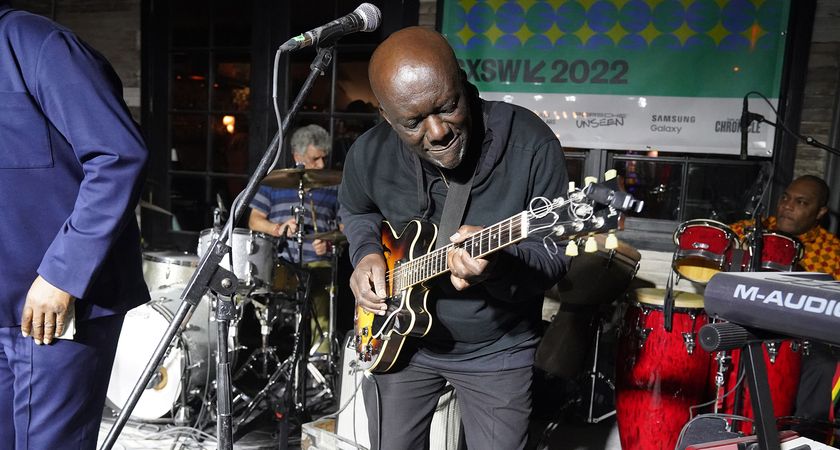
![[L-R] George Harrison, Aashish Khan and John Barham collaborate in the studio](https://cdn.mos.cms.futurecdn.net/VANJajEM56nLiJATg4P5Po-840-80.jpg)
